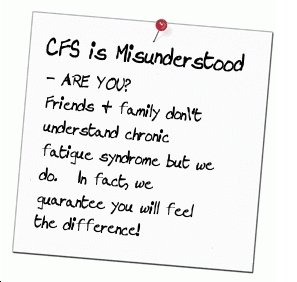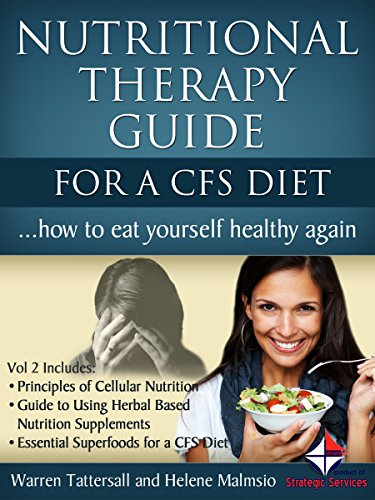Oxidative Stress 101
Oxidative stress is basically a lack of balance between the ability of the body to counteract the negative effects of oxygen free radicals and the production of oxygen free radicals.
Oxidative stress can cause changes to the DNA of cells that can ultimately lead to disease—even cancer is believed to be related to oxidative stress.
What Are Oxygen Free Radicals?
An oxygen free radical is a molecule containing oxygen that has at least one unpaired electron. This makes the molecule extremely reactive with other molecules inside the body.
They scavenge for molecules to share their unpaired electron with, creating molecular fusions that alter the structure and function of the cells.
The byproducts of this molecular fusion are normally non-reactive; however, some of these molecules can experience metabolic changes within the body that gives rise to highly reactive oxidant molecules.
While not all oxygen free radicals are damaging to the body; in fact, some of these molecules are helpful in killing off microbes and other invading pathogens.
Oxygen free radicals have the capability to interact chemically with various components in the cell, such as lipids (that make up the membranes of the cells), protein (that can be structural or enzymatic in nature), and even DNA (our genetic makeup).
What Are Antioxidants?
Antioxidants involve molecules that scavenge for oxygen free radicals, binding to them in a much safer way than binding with cellular components.
In the absence of antioxidants, the cell is exposed to serious damage, including becoming cancerous.
Antioxidants prevent damage to the cells by binding to oxygen free radicals so that they don’t bind to crucial cellular molecules.
Oxidative stress happens whenever there is an imbalance between antioxidants and oxidants (oxygen free radicals).
What Is Damaged By Oxidative Stress?
Oxidative stress can account for many pathological conditions within the body.
Some of these include inflammatory diseases, heart attacks, heart failure, atherosclerosis, blood vessel disorders, fragile X syndrome, chronic fatigue syndrome, cancers, genetic mutations, and neurodegenerative diseases, like Alzheimer’s dementia and Parkinson’s disease.
What Are Some Oxidants?
There are several types of oxidants, including the following:
• O2- (superoxide anion). This is an oxygen molecule that has one extra electron. It is a part of the electron transport chain. While it isn’t very reactive, it can release the iron from ferritin and from iron-sulfur proteins.
• H2O2 or hydrogen peroxide. This is formed by the dismutation of O2- or by the direct reduction of the oxygen molecule. It can diffuse across cell membranes, as it is lipid soluble.
• OH- or Hydroxyl radical. This is formed by decomposition of peroxynitrite and the Fenton reaction. It is extremely reactive, being able to attack most cellular components.
• ROOH or organic hydroperoxide. This is formed by reactions with cellular structures, such as DNA and lipids inside the cells.
• RO or ROO. These are organic radicals that have oxygen centered in them. Lipids participate in lipid peroxidation reactions. It is produced along with O2 by the radical addition to hydrogen abstraction or by radical addition to double bonds.
• HOCl or hypochlorous acid. This is formed by a reaction between myeloperoxidase and hydrogen peroxide. It is highly reactive and lipid soluble, meaning that it can cross cell membranes.
• ONOO- or peroxynitrite. This is formed in a reaction between oxygen and nitrous oxide. It is soluble in lipids and is as reactive as hypochlorous acid.
Reduction or “redox potential” is the ability of a substance to lose or gain an electron. For example, a strong reducing agent will have a greater potential to transfer electrons.
When in the presence of oxygen free radicals, it will cause small changes in the redox potential of a cell, stimulating the cell’s antioxidant system in order to protect the body from the injuries caused by oxygen free radicals.
If the reaction is severe enough, the cell can undergo programmed cell death, also known as apoptosis.
Food Sources Of Antioxidants
• Purple, Red, and Blue Grapes
• Red Berries
• Nuts
• Dark Green Veggies
• Sweet Potatoes and Orange Vegetables
• Tea
• Whole Grains
• Beans
• Fish
Learn more about your health online when you read the rest of our information here about stress management and also download the free health report available there!
Warren Tattersall has been a full time nutritional consultant for over a decade and works with people all over the world to help them improve their health, increase their personal energy levels and to use supplements to assist with diet related health issues.
Just send him a note on the form here - Contact Us - to request a personal no obligation one-on-one consultation with Warren
Did you find this post fun, informative and useful? If so, please share it with others!
If you have a comment, question or suggestion, please leave a comment below!
the A to Z directory of dealing with Health Problems & Self Care Strategies for natural remedies to your health issues.

Subscribe to get your weekly "Health Success Magazine" with a new complete & comprehensive Health Report in every edition!

to “Your Health Success”
our weekly F’R’E’E’ Newsletter
If you would like a free no-obligation private consultation or to contact Warren Tattersall for more information, please click here >> Contact Us

Click the books above to learn more about how we treat CFS naturally, to get your life back!
You will find many assorted Health Reports available for download free to you on this website!
Our free Health Success Reports are each available for you to download when you subscribe to receive them and their 7 part eCourse.
You can unsubscribe at any time, but we are sure you will want to receive all the email lessons of these informative ecourses.
Read more HERE to select the REPORT subjects of most interest (or concern) to you.









